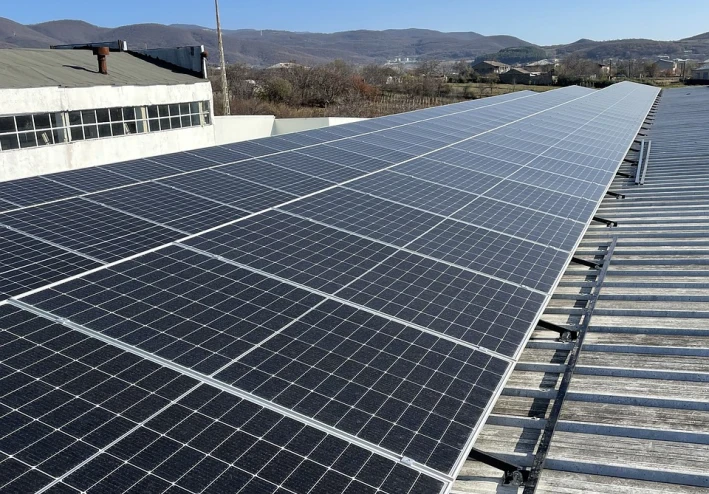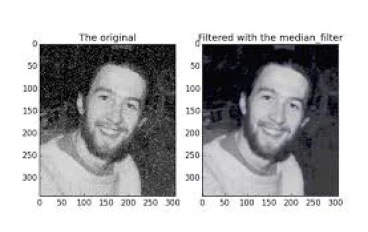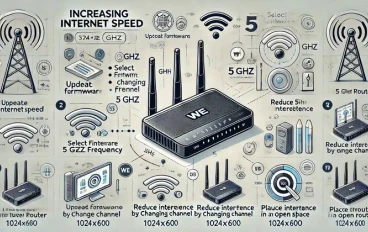
AI in Predictive Maintenance for Renewable Energy System
1. Overview: The Role of AI in Predictive Maintenance
Artificial Intelligence (AI) is revolutionizing predictive maintenance (PdM) in renewable energy by analyzing sensor data and equipment behavior to anticipate failures before they occur. This proactivity reduces downtime, lowers operational costs, and enhances system reliability across wind, solar, hydro, and storage systems ([theaspd.com][1], [wjarr.com][2], [Forbes][3]).
2. AI Applications by Energy Type
2.1. Wind Energy
Anomaly and Fault Detection
Machine learning (ML) tools applied to SCADA (Supervisory Control and Data Acquisition) data have proven capable of detecting component failures such as in gearboxes up to two months before breakdowns ([arXiv][4]).
- Remaining Useful Life (RUL) Forecasting
A multi-parameter attention-based deep learning model (ForeNet‑2d/3d) delivers RUL forecasts for wind turbines up to two weeks in advance, with prediction errors ranging from just minutes to a couple of days ([arXiv][5]).
2.2. Solar and Hydropower
- Fault Detection & Performance Analysis
Drones and thermal imaging cameras paired with AI detect hotspots or electrical faults in solar panels, while ML models compare expected versus actual power output to flag deviations ([Forbes][3]).
- Hydropower Monitoring
Sensors capture vibration, flow rate, and pressure data, allowing AI to predict maintenance needs in turbines and identify structural weaknesses in dams ([Forbes][3]).
2.3. Energy Storage Systems (BESS)
AI models analyze charge/discharge cycles, voltage, and temperature data to predict lifespan and detect failing cells, enabling timely interventions ([Forbes][3]).
Systems such as ANNs and ANFIS have demonstrated up to 96% efficiency in monitoring battery state-of-charge while reducing energy consumption by ~6.7% ([SpringerOpen][6]).
2.4. Smart Grids & Hybrid Systems
AI-driven PdM is vital for load forecasting, grid stabilization, and smart integration of renewables. It aids in balancing supply-demand and scheduling maintenance during off-peak hours to avoid disruptions ([Forbes][3], [SpringerOpen][6]).
3. Emerging Technologies and Innovations
3.1. AI-Augmented Reality (AI-AR)
AI-AR combines predictive insights with real-time overlay via headsets or smart glasses. Technicians see diagnostics like temperature and stress visualizations directly on components, accelerating detection and repair while reducing scope for human error ([SpringerLink][7]).
3.2. Advanced AI Techniques
Emerging methods such as deep reinforcement learning (Deep RL) and spiking neural networks are improving real-time load balancing in hybrid or microgrid systems, enhancing energy dispatch and control efficiency ([SpringerLink][7]).
4. Real-World Case Studies
Vestas: Deployed IoT sensors and ML in wind turbines; saw ~10% reduction in maintenance costs and ~5% boost in energy production ([Number Analytics][8]).
Siemens Gamesa: Developed a predictive maintenance system leveraging ML analytics; achieved ~15% reduced maintenance costs and ~2% higher turbine uptime ([Number Analytics][8]).
ABB: Offers AI-based “Ability Predictive Maintenance” software to detect anomalies and prevent breakdowns in renewable installations ([KnowHow][9]).
IBM: Its AI-powered Renewables Forecasting Platform uses AI, IoT, and weather data to optimize energy production forecasting for solar and wind farms ([KnowHow][9]).
Siemens: Integrated generative AI into its Senseye PdM system to enable more conversational and prescriptive maintenance workflows ([KnowHow][9]).
5. Challenges and Future Directions
5.1. Data Quality & Integration
High quality, consistent sensor data and seamless integration with existing systems remain critical for accurate AI analysis ([Number Analytics][8]).
5.2. Model Interpretability & Scalability
Complex models like deep learning often act as black boxes, making decisions hard to explain. Scalability across diverse datasets and locations is also challenging ([arXiv][10], [wjarr.com][2], [SpringerOpen][6]).
5.3. Further Research
Future efforts aim to enhance explainable AI, real-time adaptability, edge computing deployment, and broader interconnection with smart grids and autonomous systems ([ResearchGate][11], [arXiv][10], [Forbes][3]).
6. Summary Table
| Energy Type | AI Applications | key benifits |
| Wind energy | Anomaly detection, RUL forecasting | Reduced downtime, enhanced uptime |
| Solar/hydropower | Hotspot detection, fault analysis | Increased reliability, early alerts |
| Battery storage (BESS) | Health & lifespan prediction, SoC monitoring | Optimized performance, less energy waste |
| Smart Grids/Hybrid | Load balancing, maintenance scheduling | Grid stability, efficient operation |
| Advanced Technologies | AI‑AR, Deep RL, Spiking NNs | Real-time diagnostics, smarter dispatch |
7. Final Thoughts
AI-powered predictive maintenance is rapidly evolving as a pivotal tool in renewable energy. From wind turbines to smart grids, AI helps anticipate failures, optimize performance, and ensure efficiency and sustainability. Innovations like AI-AR and advanced neural networks further drive the field toward smarter diagnostics and adaptive energy management.
[1] https://theaspd.com/index.php/ijes/article/view/1005?utm_source=chatgpt.com "AI-Assisted Predictive Maintenance of Renewable Energy Infrastructure | International Journal of Environmental Sciences"
[2] https://wjarr.com/content/artificial-intelligence-ai-renewable-energy-review-predictive-maintenance-and-energy?utm_source=chatgpt.com "Artificial intelligence (AI) in renewable energy: A review of predictive maintenance and energy optimization"
[3] https://www.forbes.com/councils/forbestechcouncil/2024/06/13/practical-applications-of-ai-powered-predictive-maintenance-for-renewable-energy-infrastructure/?utm_source=chatgpt.com "AI-Powered Predictive Maintenance For Renewable Energy Infrastructure"
[4] https://arxiv.org/abs/1910.09808?utm_source=chatgpt.com "A Scalable Predictive Maintenance Model for Detecting Wind Turbine Component Failures Based on SCADA Data"
[5] https://arxiv.org/abs/2412.17823?utm_source=chatgpt.com "RUL forecasting for wind turbine predictive maintenance based on deep learning"
[6] https://journalofbigdata.springeropen.com/articles/10.1186/s40537-025-01178-7?utm_source=chatgpt.com "Comprehensive review of artificial intelligence applications in renewable energy systems: current implementations and emerging trends | Journal of Big Data | Full Text"
[7] https://link.springer.com/article/10.1186/s40537-025-01178-7?utm_source=chatgpt.com "Comprehensive review of artificial intelligence applications in renewable energy systems: current implementations and emerging trends | Journal of Big Data"
[8] https://www.numberanalytics.com/blog/renewable-energy-predictive-maintenance-strategies?utm_source=chatgpt.com "Renewable Energy Predictive Maintenance"
[9] https://knowhow.distrelec.com/mro/predictive-maintenance-in-renewable-energy-installations/?utm_source=chatgpt.com "Predictive Maintenance in Renewable Energy Installations - KnowHow"
[10] https://arxiv.org/abs/2104.12561?utm_source=chatgpt.com "Artificial Intelligence Based Prognostic Maintenance of Renewable Energy Systems: A Review of Techniques, Challenges, and Future Research Directions"
[11]https://www.researchgate.net/publication/353610088_Artificial_intelligence_based_prognostic_maintenance_of_renewable_energy_systems_A_review_of_techniques_challenges_and_future_research_directions?utm_source=chatgpt.com "Artificial intelligence based prognostic maintenance of renewable energy systems: A review of techniques, challenges, and future research directions | Request PDF"



































